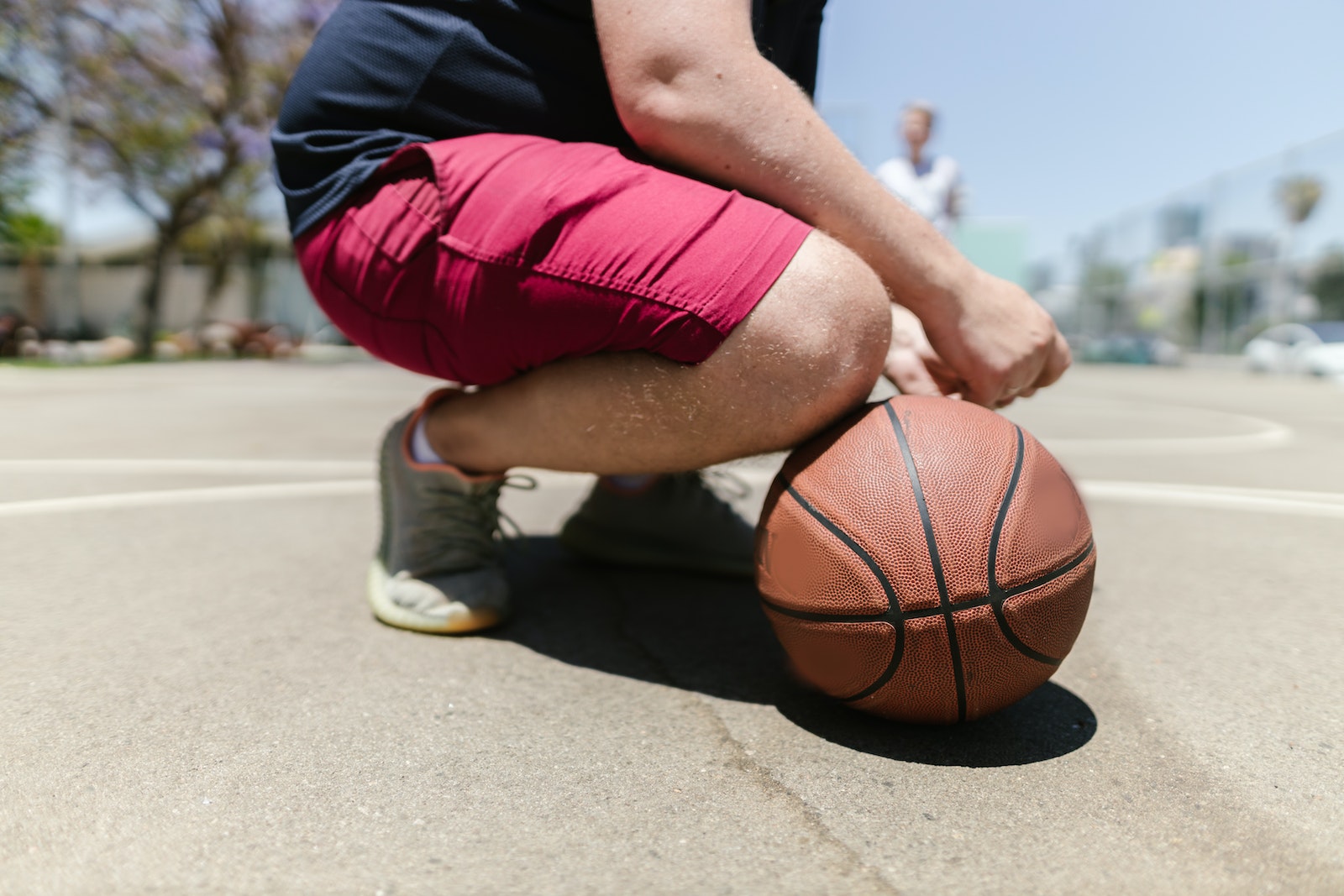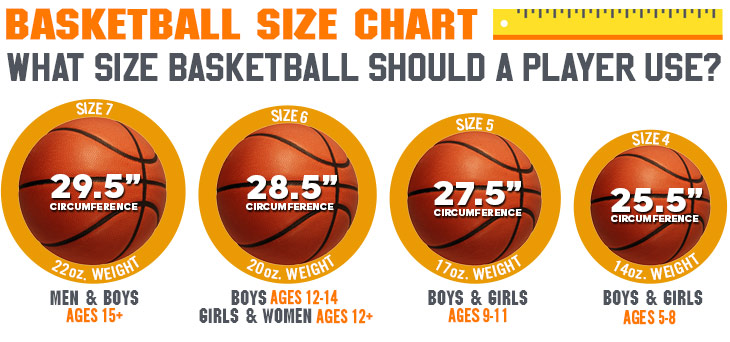Introduction
It might not be the first question that pops into everybody’s head when they purchase a new basketball, but the size of the ball is actually fairly important. There are multiple different sizes, and it is certainly beneficial to know exactly how big of a basketball you are purchasing depending on a few different variables. If you want to figure out the size, you have to understand what the circumference of the basketball is. That is why we will be talking about exactly that here. How do you find the circumference of a basketball?
The way that you can find the circumference of a basketball is to first measure the diameter of the ball. You are able to figure out the diameter of the ball by measuring the distance around the ball. Once you come to the conclusion on your diameter measurement, you will be able to multiply that number by 3.14 in order to come away with the circumference. There is some math required to be able to figure this number out yourselves, but it’s completely doable if you put your mind to it.
There are a few more measures that need discussing though, so we aren’t going to just stop right there.
Standard Sizes
If you would like to do the measurements yourself, then go for it. There is nothing wrong with wanting to know exactly how big of a basketball you are buying, and it could be critically important if you are worrying about air pressure and filling it up too much. However, most balls come with a standard size that is relatively common amongst all specific brands. For example, a normal basketball is usually thought to be 28.5 inches in circumference, which equates to 72.4 centimeters. The diameter is 24 centimeters and about 9.4 inches.
The majority of brands keep their sizes around those numbers. It’s likely that you’ll see a circumference between 28 to 30 inches, and a diameter of 7 to 9 inches when looking for a ball. If you measure your own or find a size that is outside of these ranges, then that could be something worth taking note of before using or purchasing it. Once again though, air pressure could play a large factor in the size, so make sure to check that as well before diving in to measure, or else you could get skewed results in some areas.
Different Leagues, Different Balls
Over the years, we’ve seen multiple professional leagues use different balls for their games. The biggest example of this is the NBA and the WNBA. The NBA features larger basketballs all around while the WNBA has smaller balls. The reason for this difference is because men have larger hands on average, whereas women have smaller hands. Women are usually able to handle the smaller ball significantly better than if they were to use the larger one.
It should also be noted that the difference between these two balls isn’t massive. Some sources state that women’s basketball is between 28 to 29 inches in circumference while men’s ball is between 29 and a half and 30. There is absolutely a noticeable difference, it’s just not like they are using a far smaller ball for a larger hoop. These two balls also feature different weights, with the men’s ball weighing around 22 ounces and the women’s ball weighing nearly 20.
Youth Leagues
This was probably expected, but youth leagues feature different balls as well. These leagues feature even smaller basketballs for the kids, which makes perfect sense. These youth basketballs are usually around 27 inches in circumference for the ages nine to 11. Both the boys and the girls use this same size ball for that age group as well.
When you go even younger than the nine to 11 age group, the ball gets smaller as well. Anybody competing in a youth league from the age of four to eight will use a basketball with a circumference of 22 to 24 inches. Sometimes coaches or parents are tasked with measuring the children’s hands to determine what ball will best suit everybody without causing issues or being too heavy for them. This just goes to show the versatility of basketballs nowadays and how many different sizes and weights there are across the board.
Pressure Regulations
There are also pressure regulations that every single league, both professional and amateur, must follow when using a basketball. For the NBA and the WNBA, the pressure of the basketball must be between 7.5 and 8.5 PSI. It’s very frowned upon for the PSI to be more or less than that amount at such a professional level. Although, if a ball doesn’t meet those requirements, it likely won’t be getting used on the basketball court.
College uses a bit of a different inflation requirement. The NCAA states that they have an inflation requirement in sync with the weight of the ball. The men’s basketball can only weigh up to 22 ounces while the women’s ball can only weigh up to 20. Then finally, FIBA states that the ball be inflated to the point where it can be dropped onto the floor and rebound back up to a certain height.
Unique Textures
You should take a look at the type of ball you are planning to purchase or measure as well. There are different types of balls for outdoor play and indoor play, and they come in unique textures. Some balls are created with rubber, and others are made of leather. Taking a good note of which texture, you are using could make things a little easier for you.
It doesn’t hurt to know what type of ball you are using out there. It also doesn’t hurt to take that into consideration when trying to figure out the right air pressure, measurements, and weight. You can usually tell the difference when buying these different balls though, as some brands use only specific textures.

